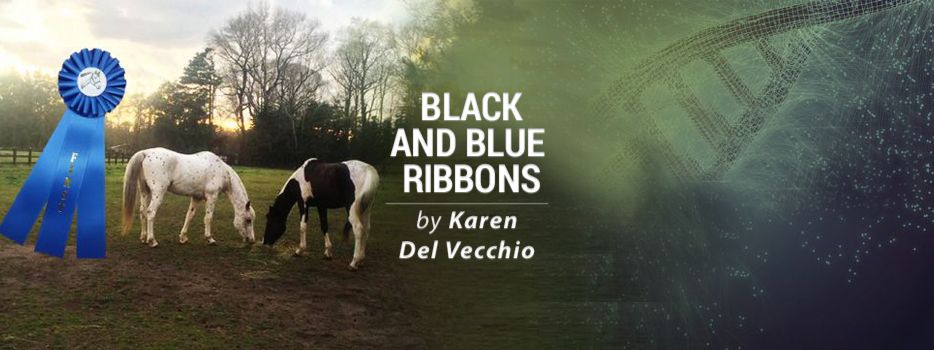Explaining My Bruises to Concerned Healthcare Professionals
Written by |

After two weeks of virtual learning to avoid the post-holiday spike in COVID-19 cases, students in the school where I work returned to in-person learning last week. I was nervous about it at first, as I’d gotten used to my little bubble at home and on the farm over the past month.
Thankfully, we have strict protocols within the school community that have been highly successful at largely preventing the virus. After about 15 minutes or so of students being back on campus, I began to relax and remember that everything would be OK.
As an educator, I was incredibly lucky to be moved into Phase 1B of COVID-19 vaccine allocation. Officials in Virginia, where I live, deemed us essential workers, as getting students back into schools is key to getting parents back to work. I received my first shot last week, and am happy to report that I did not experience any side effects other than the usual sore arm.
While at the vaccine clinic, I chatted with the nurse who checked me in and prepared the shot. I wore a tank top under my sweater so I could easily expose my upper arm for the injection. I didn’t even think about the huge bruise on my forearm from falling down the stairs.
The nurse noticed and asked me what had happened. I told her I fell down my front porch steps, and that the bruise was from hitting the bricks. I also mentioned that I have a disorder that causes bruising, which makes it look worse than it is.
She didn’t question me further, but I wondered what she was thinking.
I get frustrated when upon seeing a bruise, people who know I have Ehlers-Danlos syndrome ask me what happened, but I don’t in these types of situations. Why? Because people who don’t know me usually ask out of genuine concern that I am in danger or experiencing domestic violence.
Although I often get my bruises while doing silly things like climbing over fences or tripping over my dogs, research shows that up to one in four women may experience physical violence by an intimate partner. This appalling number is why healthcare workers, teachers, and others in the community are trained to spot potential signs. As a teacher, I go through extensive training to recognize possible signs in students as well.
It’s depressing, and I sometimes wonder if people believe me when I tell them the truth, as the incidents that cause my bruises often don’t seem to match in severity if you’re not familiar with the effects of EDS. Despite that, I always feel thankful that there are people and organizations, such as YWCA USA, that genuinely care and are watching out for those in society who may not be able to speak up for themselves.
For confidential help, please call the National Domestic Violence Hotline at 1-800-799-7233 (SAFE) or 1-800-787-3224 (TTY).
***
Note: Ehlers-Danlos News is strictly a news and information website about the disease. It does not provide medical advice, diagnosis, or treatment. This content is not intended to be a substitute for professional medical advice, diagnosis, or treatment. Always seek the advice of your physician or other qualified health provider with any questions you may have regarding a medical condition. Never disregard professional medical advice or delay in seeking it because of something you have read on this website. The opinions expressed in this column are not those of Ehlers-Danlos News or its parent company, Bionews, and are intended to spark discussion about issues pertaining to Ehlers-Danlos.



Deborah Powell
Thank you for sharing your experiences. My daughter researching all of her symptoms and knowing of mine is guessing they we have Ehlers-Danlos. As a horse owner you'll appreciate that in my horse business I've been trying to help clients with horses suffering with painful connective tissue disorders for years and it's helped me find better solutions for myself.
Karen Del Vecchio
Hi Deborah - yes, I absolutely know what you mean! I'm not sure how long you've been reading my column, but I actually have a horse who is suspected of having a collagen/ligament disorder of some kind similar to EDS. I didn't know that when I bought him, so it was complete and random chance that we wound up together. I absolutely have found that my own experiences were vital in helping figure out the best ways to care for him, particularly since it's not well understood in horses. I've mostly based his care off of how I help myself. Thanks so much for reading and taking the time to share!